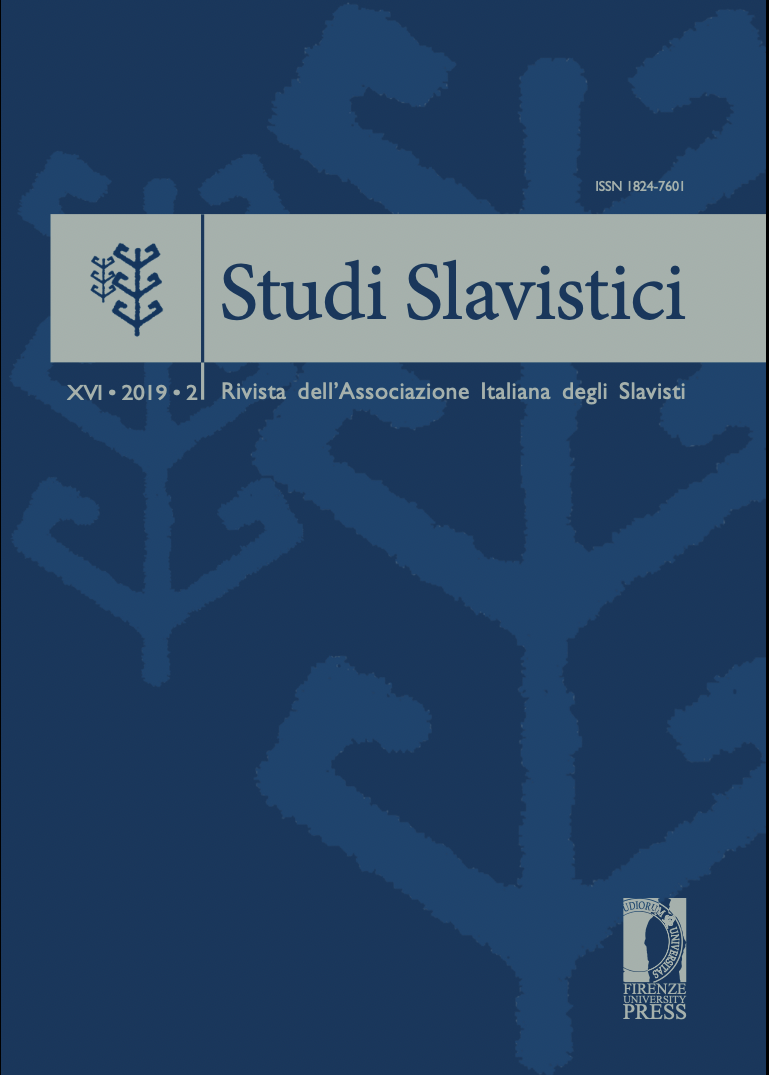Published 2017-11-03
Keywords
- Writing Systems,
- Alphabets,
- Cyrillic
Abstract
The Latin alphabet was initially chosen in opposition to Cyrillic: the latter was considered, at the dawn of the Soviet era, a legacy of the Russian imperial culture. Later a considerable change in this perspective took place and Cyrillic was revalued as the alphabet of all the Soviet peoples. For example, Latin writing used for Koryak was replaced in 1938 by Cyrillic and the same happened with languages of Central Asia, a choice more political than cultural, evident also in the changes that took place in post Soviet times.
These facts clearly show that the perception of the value of writing systems has changed in contemporary society. Nevertheless, Paleosiberian languages, divided into three groups (plus some isolated languages), have difficulty writing some of their phonemes in Cyrillic, thus demonstrating the change from Latin to Cyrillic was not painless.
As a matter of fact, the Cyrillic alphabet does not like diacritics and usually, in its standard version, writes lacking phonemes using a combination of letters: a typical situation in many northern and eastern Caucasian languages. This choice has consequences especially when it is applied to polysyntetic, incorporating and agglutinative languages because the writing is very heavy. In this case a compromise takes place: it involves the use of some Latin letters, the introduction of some special signs, Cyrillic letters with particular values and also the presence of diacritics. A result of all this can be found in transliteration: ISO 9 is still not used for these languages.


